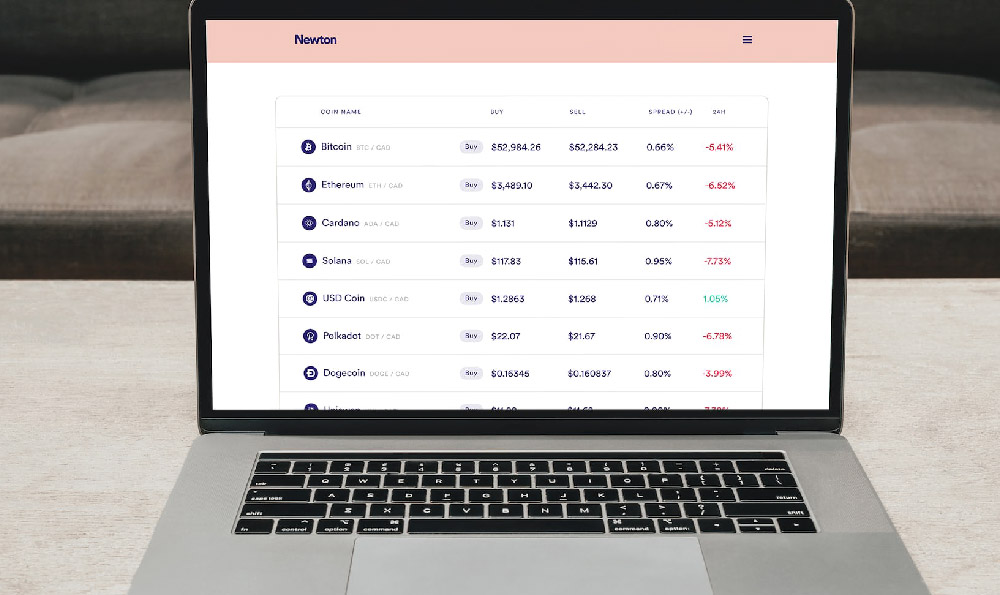How does Sezzle profit, and is Sezzle a worthwhile payment option?

Let's delve into the financial mechanisms of Sezzle and assess its viability as a payment solution for both consumers and merchants. Understanding its profitability model and weighing its advantages and disadvantages is crucial for making informed decisions.
Sezzle's Revenue Streams: Unpacking the Profit Engine
Sezzle, a prominent player in the "buy now, pay later" (BNPL) sector, doesn't generate its profits through traditional interest charges on consumer purchases. Instead, its revenue is derived from several key sources:

-
Merchant Fees: This constitutes the bulk of Sezzle's revenue. Merchants who offer Sezzle as a payment option are charged a transaction fee, typically a percentage of the total purchase amount plus a fixed fee per transaction. This fee structure is similar to credit card processing fees, but generally slightly higher. The justification for the higher fee lies in the increased sales volume and average order value that BNPL solutions like Sezzle can generate for merchants. By enabling customers to spread payments over time, Sezzle removes immediate financial barriers and encourages purchases that might otherwise be delayed or abandoned.
-
Late Fees: While Sezzle markets itself as an interest-free payment option, it does levy late fees on customers who fail to make their scheduled payments on time. These fees, though intended to be a deterrent, contribute to Sezzle's revenue stream. It's crucial to note that Sezzle emphasizes transparency regarding late fee policies and actively encourages users to set up reminders and automated payments to avoid incurring these charges. Furthermore, Sezzle reports users to credit bureaus, and this can affect their credit score.
-
Rescheduling Fees: If a customer needs to adjust their payment schedule, Sezzle typically allows for rescheduling options, but these may come with a fee. This fee covers the administrative costs associated with modifying payment plans and provides another minor revenue source.
-
Affiliate Commissions: Sezzle often partners with various retailers and brands. In some cases, they may earn affiliate commissions when customers use Sezzle to make purchases through referral links or within the Sezzle app itself.
-
Interchange Fees: While less publicized, Sezzle may also earn a small amount from interchange fees generated when consumers make payments using their debit or credit cards to fulfill their Sezzle installment plans.
Sezzle: A Double-Edged Sword - Benefits and Drawbacks
Now, let's evaluate the pros and cons of using Sezzle, considering perspectives from both consumers and merchants:
For Consumers:
-
Advantages:
- Interest-Free Financing: The primary appeal is the ability to spread payments over time without incurring interest charges. This can be particularly helpful for managing budgets and making larger purchases more accessible.
- Budgeting and Planning: Sezzle allows consumers to plan their spending more effectively by dividing the total cost into manageable installments.
- Accessibility for Those with Limited Credit History: Sezzle's approval process is often less stringent than that of traditional credit cards, making it an option for individuals with limited or no credit history.
- Early Access to Products: Consumers can acquire desired goods or services immediately rather than waiting to save the full purchase price.
-
Disadvantages:
- Risk of Overspending: The ease of spreading payments can tempt consumers to overspend and accumulate debt.
- Late Fees: Failing to make timely payments can result in late fees, which can quickly add up.
- Potential Impact on Credit Score: While Sezzle doesn't perform a hard credit check during the initial application, delinquent payments can negatively impact credit scores.
- Not a Substitute for Responsible Financial Management: Sezzle should be used responsibly and shouldn't be seen as a solution for underlying financial problems.
For Merchants:
-
Advantages:
- Increased Sales Volume: By offering a flexible payment option, merchants can attract more customers and increase their overall sales volume.
- Higher Average Order Value: Customers are often more willing to spend more when they can spread the cost over time.
- Improved Customer Conversion Rates: Sezzle can reduce cart abandonment rates by providing a convenient and accessible payment solution.
- Expanded Customer Base: Merchants can reach a broader audience, including those who might not have access to traditional credit cards.
- Competitive Advantage: Offering BNPL can differentiate a merchant from competitors and attract customers seeking flexible payment options.
-
Disadvantages:
- Merchant Fees: The transaction fees charged by Sezzle can eat into profit margins, especially for businesses with low profit margins.
- Integration and Management: Integrating Sezzle into an existing e-commerce platform may require technical expertise and ongoing management.
- Potential for Increased Returns: The ease of purchasing may lead to a higher rate of returns, especially if customers overspend and later regret their purchases.
- Reliance on Sezzle's Financial Stability: Merchants are reliant on Sezzle's financial stability and operational efficiency to ensure timely payments and smooth transactions.
The Verdict: A Qualified Yes
Whether Sezzle is a worthwhile payment option depends heavily on individual circumstances and financial habits.
For consumers: If used responsibly and payments are made on time, Sezzle can be a valuable tool for budgeting and accessing goods and services. However, it's crucial to be aware of the potential risks of overspending and the consequences of late payments.
For merchants: Sezzle can be a powerful tool for boosting sales and attracting new customers. However, merchants should carefully weigh the benefits against the costs of merchant fees and potential integration challenges. It's essential to assess whether the potential increase in sales volume and average order value will outweigh the fees charged by Sezzle.
In conclusion, Sezzle offers a compelling alternative to traditional credit, but it's not a risk-free solution. A thorough understanding of its profit model, along with careful consideration of individual financial situations, is paramount before embracing this "buy now, pay later" option. Responsible financial planning and disciplined spending habits are the cornerstones of successful financial management, regardless of the payment method used.















